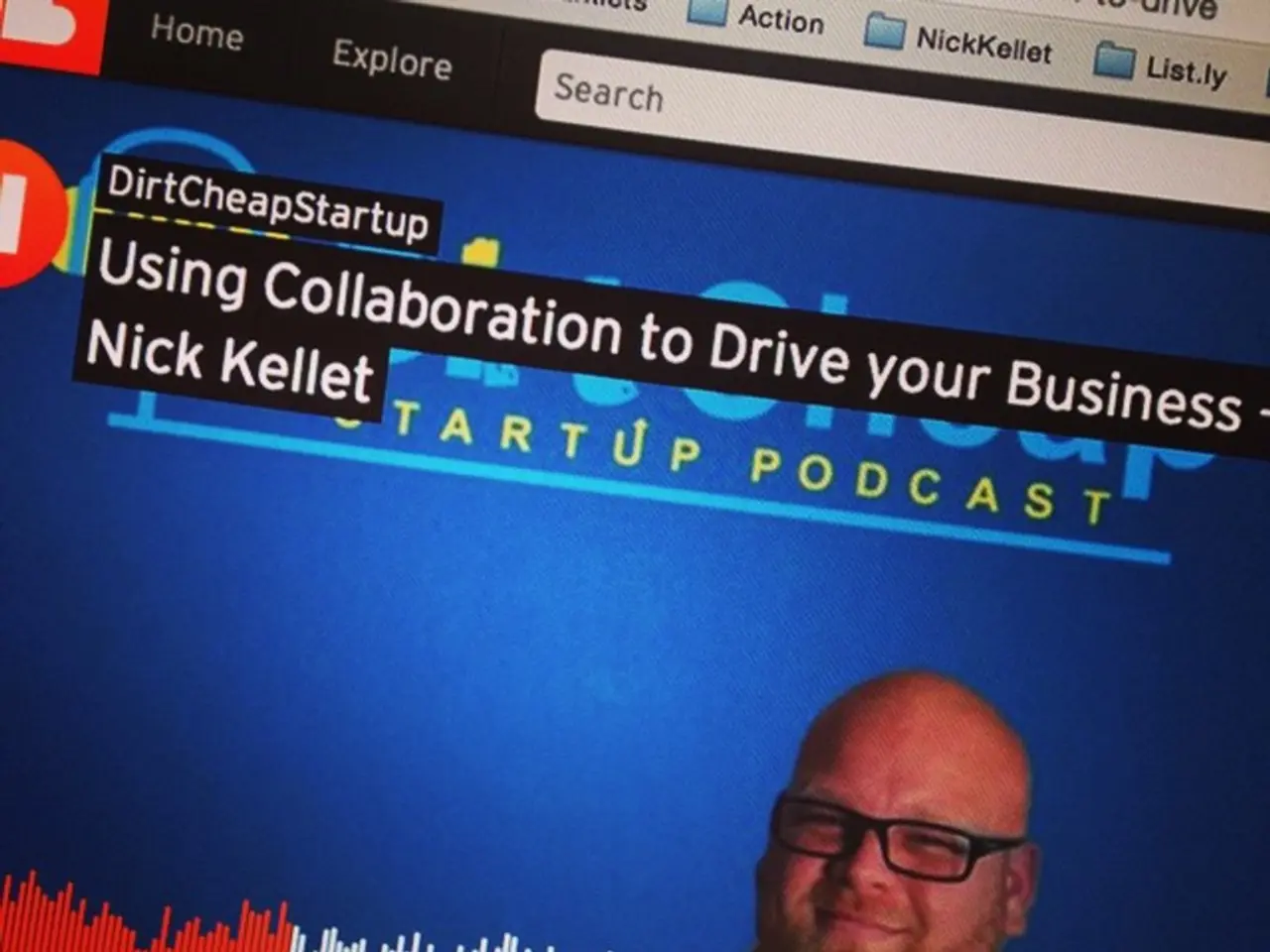"Multitudes of visually impaired individuals: web accessibility is non-negotiable"
In the digital age, it's essential to ensure that web content is accessible to all users, including those with visual impairments. One key practice for achieving this is by filling in detailed alternative text for each image.
Alternative text, often referred to as alt-text, serves as a description of the image that will be read by screen readers. Screen readers are programs that convert the text displayed on a page into audible format, enabling visually impaired users to navigate and interact with web content.
For instance, an appropriate alt-text for an image could be "Two teenagers playing ball on the lawn". This brief yet descriptive text provides context and helps users understand the image's content.
When publishing an image on a website or social media platform, a field called "Alternative Text" can be found where this description can be input. By filling this out, we can make our content more inclusive and accessible to all users.
It's worth noting that, according to a report published by the World Health Organization (WHO) in 2019, over 2.2 billion people worldwide are visually impaired or blind. This underscores the necessity of implementing practices like using alt-text to make web content more accessible.
Navigating websites using screen readers often involves using a keyboard instead of a mouse. Some users may also employ magnifying systems to enlarge information on screens, while others rely solely on screen readers.
By prioritising accessibility, we can create a more inclusive digital environment where everyone can enjoy and benefit from web content. So, let's take a moment to fill in those alt-text fields and make the web a better place for all.








